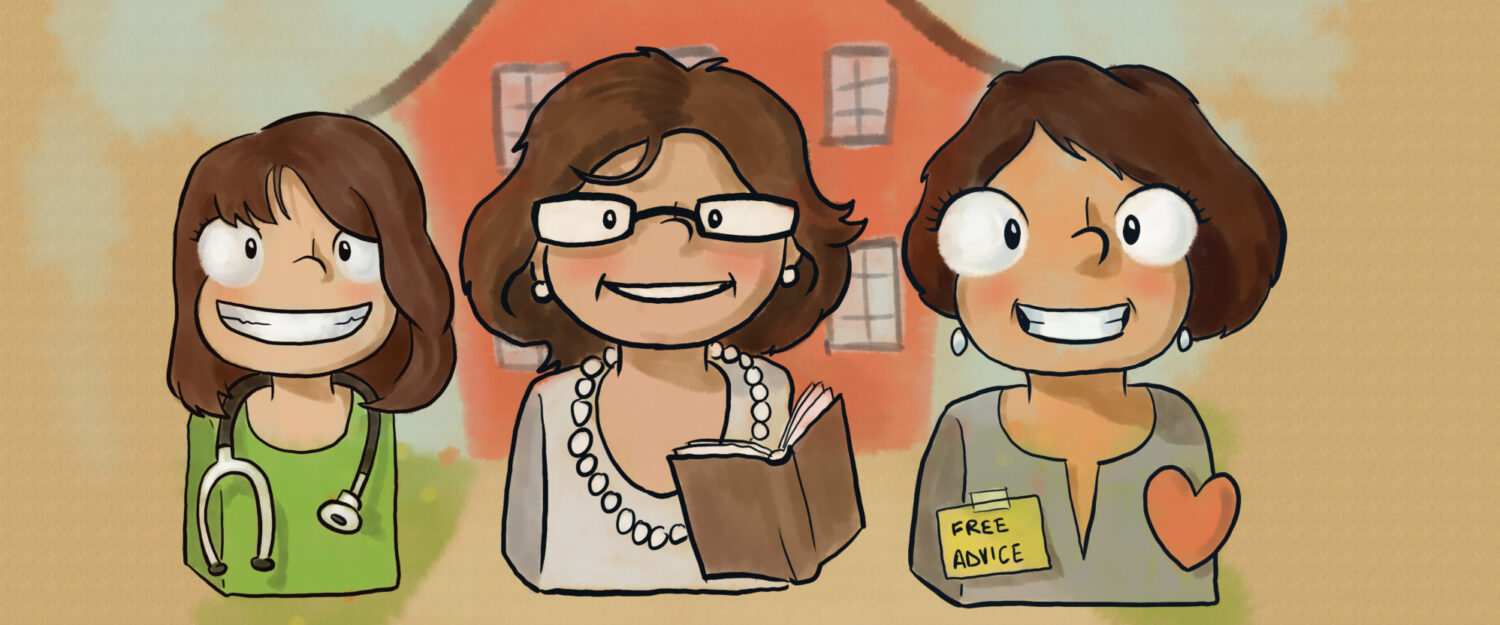rip·ple ef·fect (n.): The continuing and spreading results of an event or action. www.oxforddictionaries.com
A simple technique I frequently use with students is the “Ripple Effect” strategy. Often, I work with students who are impulsive in their decisions, resistant to authority, quick to anger, or easily baited by peers to say or do something inappropriate. The “Ripple Effect” strategy helps students systematically and visually dissect what happened and readily shows them where in the unfolding of the situation they could have said or done something differently, resulting in a more favorable outcome. While it’s too late to undo what has already happened, this strategy shows students how their behavior affects others and how others’ behavior affects them, causing the ripples to grow wider and wider, like ripples that spread outward when a rock is thrown in water. The hope is that by processing a conflict that has already occurred, a future conflict can be avoided or, at the least, minimized. Additionally, this strategy helps the student identify her role in the conflict, thereby assuming responsibility for her actions/words and recognizing how they contributed to the conflict.
Here’s how it works.
I begin by listening to what happened. Oftentimes, the student shares the story from what she perceives is the beginning but what, in reality, is several steps into the event. It usually requires some questioning to get to the actual “beginning” of the story. Once the story is shared, I ask the student if she has ever thrown a rock into a pond, and if so, what happened. This leads to a short conversation about the ripples the rock creates in the water. I explain that we are going to use the idea of ripples in water to discuss what happened to her, and we plug the situation into the “Ripple Effect” worksheet.
I then point out how the ripple grew from one to two to three to however many ripples because there was an INTERACTION going on between the student and someone else. Typically with every other “ripple”, the student had a choice in causing the ripples to grow (the conflict escalates) or stopping the ripples from increasing (the conflict stops). As we process each ripple, we write out what was said or done at that point. Once all the ripples are created based on the conflict being processed, I ask the student, “During which of the ripples were you saying or doing something?” We circle all of the instances that were student’s actions or words. I then systematically ask the student what she could have said or done differently at each of these circled points which may have stopped the ripple from growing. In other words, what could she have said or done that would have been more appropriate? Students typically are very good at identifying more appropriate choices once they are calm and removed from the conflict.
Another key point to make when using this strategy is to help the student realize that she only has control of some of the ripples (typically, but not always, every other ripple). Most conflicts fall into an action/reaction category. The first ripple is the action, the second ripple is a reaction to the first, and the third ripple is a reaction to the second, and so forth. Although she only creates the first and third ripples, her actions are fueling the reactions from others. IF she says or does something that reduces the chance of the problem escalating, the other person may still add a ripple (i.e., say or do something to make the situation worse), but it is less likely.
When we are finished filling out the worksheet, the student is able to keep the worksheet as a visual reminder of the process as well as share it with her parents or teacher.
If you are interested in using the “Ripple Effect” strategy and would like clear instructions, several user-friendly worksheets, and a few scenarios illustrating its implementation, wait no longer! I have, for years, drawn concentric circles on scrap paper, which works in an informal way, and truthfully, it would for you. But, if you want a more comprehensive, sequential way to use this strategy that includes all the “bells and whistles” my scrap paper circles lacked, here it is: The Ripple Effect Strategy—A Strategy for Analyzing Conflicts.
